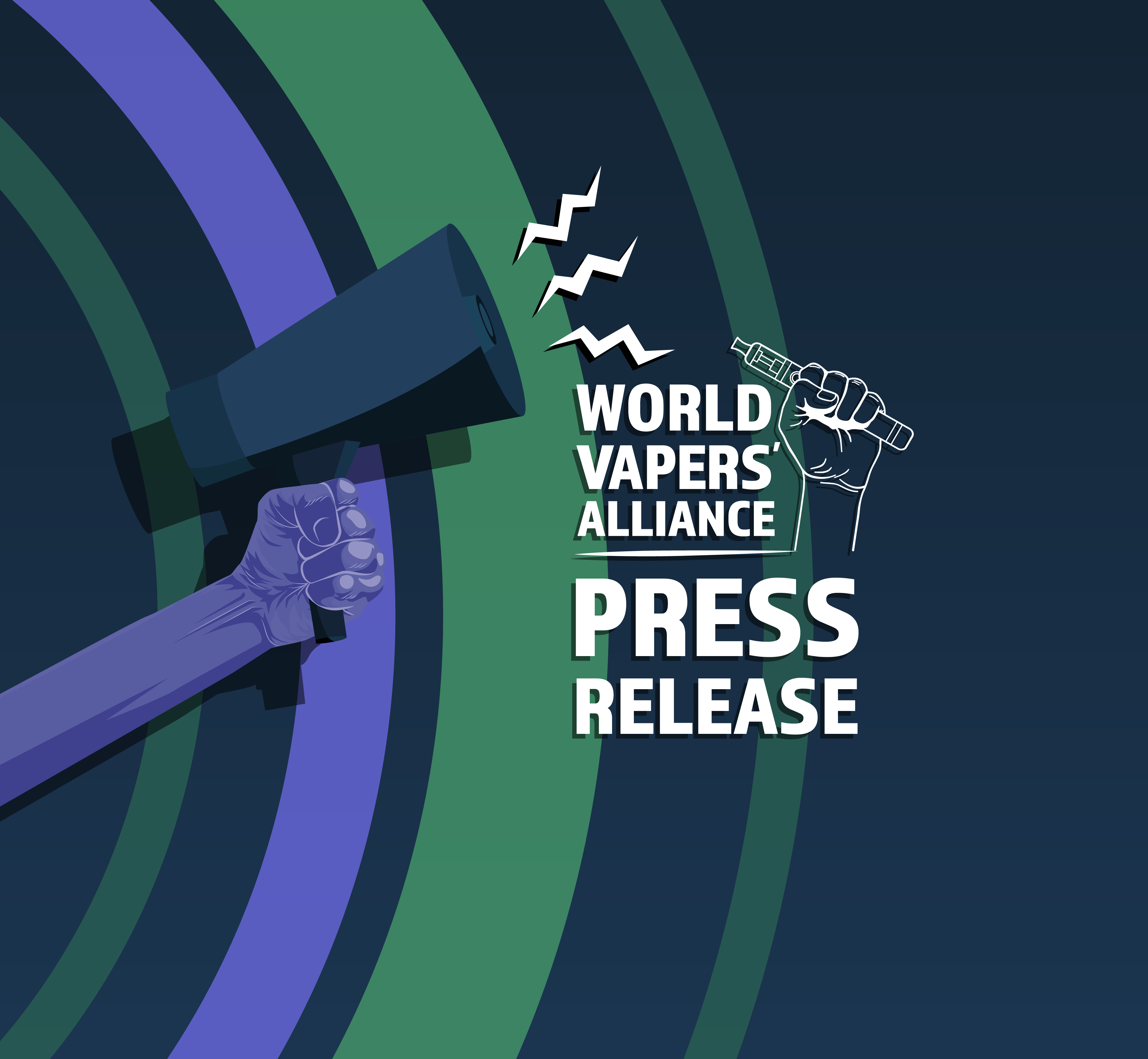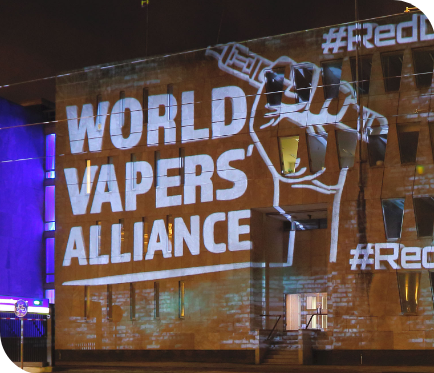Svake godine u Keniji više od 8100 ljudi umre od bolesti povezanih s pušenjem, iako u prosjeku manje ljudi u Keniji koristi bezdimni duhan nego u prosjeku u zemljama sa srednjim HDI-jem. Smanjenje štete od duhana nije široko prihvaćeno niti provedeno, s visokim porezima na proizvode smanjenog rizika koji sadrže nikotin, uključujući e-cigarete, snus i proizvode koji se "zagrijavaju, a ne spaljuju" u Keniji.
Moj je projekt nastojao poboljšati provedbu i razumijevanje smanjenja štete duhana među pušačima, korisnicima duhana, kreatorima politika i pružateljima zdravstvene skrbi u marginaliziranim zajednicama u Keniji. Programi prestanka pušenja ne uključuju sigurnije nikotinske proizvode ovdje u Keniji, pa je moj projekt imao za cilj poboljšati provedbu i razumijevanje smanjenja štete duhana među kreatorima politika koji informiraju politiku lokalnog ministarstva zdravstva.
Provodio/la sam ankete u obliku upitnika među pušačima i zdravstvenim djelatnicima u nekim marginaliziranim zajednicama u Keniji, posebno u zapadnoj Keniji, Rift Valleyju i okrugu Machakos.,
nastojeći razumjeti perspektivu smanjenja štete kada je riječ o pušenju i uporabi duhana među pušačima u ruralnim područjima. Također sam održao lokalnu radionicu s lokalnim zdravstvenim radnicima u odjelu za prestanak pušenja u Eldoretu kako bih proširio znanstvene dokaze o smanjenju štete od duhana i sigurnijim nikotinskim proizvodima.
Istraživanje pokazuje da većina zdravstvenih djelatnika u ruralnoj Keniji ne razumije da nikotin ne uzrokuje rak, što pokazuje da liječnici imaju malo ili nimalo razumijevanja o smanjenju štete od duhana te stoga ne mogu na odgovarajući način savjetovati vladu o pitanjima vezanim uz duhan. Treba napomenuti da su oni ti koji mogu dodati svoj glas i težinu nacionalnim naporima za kontrolu duhana i uključiti se na nacionalnoj razini u promicanje smanjenja štete od duhana. Politika smanjenja štete od duhana nastoji smanjiti tešku cijenu cigareta pomicanjem pušača prema manje rizičnim alternativama poput vapinga. Ovaj pristup dobiva na zamahu u zemljama čije napredne politike kontrole duhana značajno smanjuju stope pušenja i time spašavaju živote. Međutim, u Keniji je previše ljudi odlučno držati se neuspješne politike kontrole duhana "prestani ili umri" i mitova koji se koriste za njezino održavanje.
Iz provedenih anketa vidljivo je da velika većina ispitanika želi koristiti proizvode za smanjenje štete od duhana, poput nikotinskih vrećica i vape/e-cigareta, kako bi im pomogli da prestanu pušiti tradicionalne cigarete koje uzrokuju rak. Ipak, gotovo tri od četiri osobe smatraju da su ovi inovativni proizvodi koji spašavaju živote preskupi ili ih je teško nabaviti, a gotovo svi bi prestali koristiti ih ako bi vlada povećala njihovu cijenu. Rezultati pokazuju hitnu potrebu da naši regulatori tretiraju sigurnije nikotinske proizvode kao bitan i učinkovit alat u borbi za spašavanje života koji se svake godine gube zbog bolesti uzrokovanih duhanom. Gotovo svi pušači koji su sudjelovali u anketi smatraju da će im sigurniji nikotinski proizvodi dati najbolje šanse za uspješan prestanak pušenja.
Iz ovog istraživanja jasno je proizašlo da Kenija, umjesto dogmatskog i neznanstvenog stava protiv smanjenja štete od duhana, treba prihvatiti to kao uzbudljivu priliku za spašavanje tisuća života izgubljenih zbog cigareta.
Pročitajte cijelo istraživanje OVDJE





Jedan odgovor